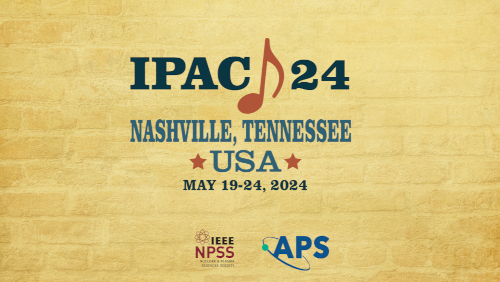Speaker
Description
The PIP-II project currently under construction at FNAL will replace the existing 400 MeV normal conducting linac with a 800 MeV superconducting linac. The beam power in the downstream rapid-cycling Booster synchrotron will be doubled by raising the machine cycle frequency from 15 to 20 Hz and by increasing the injected beam intensity by a factor 1.5. This has to be accomplished without raising uncontrolled losses beyond the administrative limit of 1 W/m. In addition, slip-stacking efficiency in the Recycler — the next machine in the accelerator chain- sets an upper limit on the longitudinal emittance of the beam delivered by the Booster. As part of an effort to better understand potential losses and emittance blow-up in the Booster, we have been conducting full cycle 6D simulations using the code pyORBIT. The simulations include space charge, wall impedance effects and transition crossing. In this paper, we discuss our experience with the code and present representative results for possible operational scenarios.
Funding Agency
Fermi National Accelerator Laboratory (Fermilab) is operated by Fermi Research Alliance, LLC. for the U.S. Department of Energy under contract DE-AC02-07CH11359.
| Region represented | North America |
|---|---|
| Paper preparation format | LaTeX |

